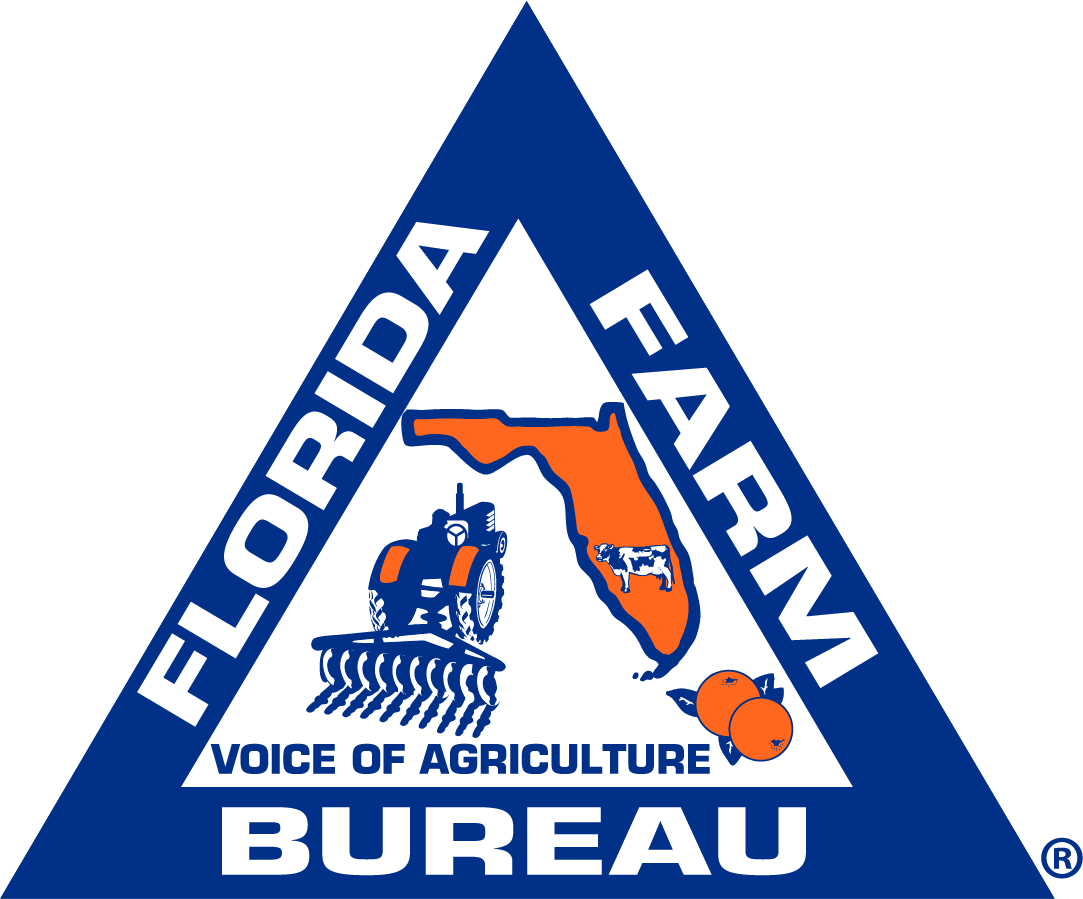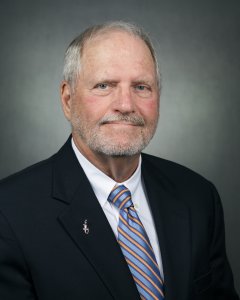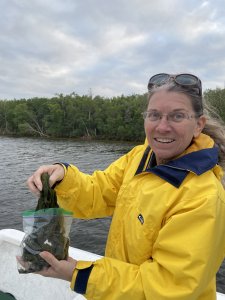Women’s Handbook
Working on a committee can be a deeply rewarding experience to both the individual and the organization. Effective committees can be one of the most important working forces of our organization. This is particularly true if committee members are selected for the contribution they can make and are made to feel that it is an honor and a privilege to be called to serve.
Committees may serve the organization in the following ways:
- They can do the majority of the work of the organization.
- They can provide an opportunity for individuals to do the kind of work for which they are especially suited.
- An important contribution of committees, one that is frequently overlooked, is their potential for providing an excellent training ground for new leaders.
- The wise use of committee members helps to capitalize on the training and experience of a wider representation of organizational membership.
- Committees permit wider participation of members.
- Committee members have much wider contacts and can provide greater access to various facilities (or means) to accomplish the goals of the organization, more so than the officers of the organization alone.
Advantages … Qualifications … Appointments …
1. What are the advantages of using a committee?
- Development of unified support for an idea
- A small group is easier to work with than a large group
- Issues may be discussed more freely
- Can bring in outside authorities
- Representation of various segments of the membership
- Committees generate enthusiasm
- Coordination and communication among various groups
- Encourages the participation of a larger number of members. Encourages the input of ideas and opinions of several members
2. What qualifications should be looked for when naming members of a committee?
- Active past participation
- Ability to communicate
- Initiative
- Representation of various membership segments
- Committee continuity
3. What are the recommended steps in appointing committee members?
- The leader selects proposed committee members
- An agreement to serve is obtained before final selection is made
- The leader makes the selection
- Names are submitted to the board for approval
- The member selected is notified of her appointment
Benefits to the Committee Members
Place to transform ideas into action
- Gain experience in decision making, leadership and communication skills
- Develop network of contacts
- Increase professional knowledge
- Broaden current expertise
Tips for Organizing Committees
- Size: appoint five to seven people for each committee
- Composition: committee members should be representative of the membership, and should include a mix of new and veteran members
- Choose Wisely:
A Good Committee Chair :
-
- keeps the group focused on its objective
- takes part in the group discussions without being too dominant
- summarizes committee discussions from time to time-has vision, but maintains objectivity
- encourages committee members to express themselves – does not shoot down new ideas
- follows up with members to ensure that work is being done
- communicates regularly with the board
A Good Committee Member:
-
- is receptive to ideas
- has perspective and vision
- is familiar with the goals of the organization
- is able to express ideas effectively
- enjoys to give and take committee discussion; is willing to commit the time to attend meetings; can think in terms of the overall good
- Give the committee a clear statement of purpose
- Clarify the authority of the committee
- Send committee member names to the state office




